Understanding the Differences Between VOO and SPY
Introduction
Exchange-traded funds (ETFs) tracking the S&P 500 provide investors with diversified exposure to the largest publicly traded companies in the U.S. Among the most popular options, Vanguard’s VOO and SPDR’s SPY both replicate the index but differ in cost efficiency, liquidity, and long-term performance. Selecting the right ETF is crucial for optimizing returns, minimizing expenses, and aligning with investment goals. Understanding the distinctions between VOO and SPY helps investors make informed decisions for portfolio growth.
Expense Ratios and Cost Efficiency
Vanguard’s VOO and SPDR’s SPY both track the S&P 500 index, but they differ in management fees. VOO has an expense ratio of 0.03 percent, significantly lower than SPY’s 0.09 percent. This difference may seem small, but over time, lower fees can lead to higher net returns for investors. The impact of costs on long-term returns is substantial, especially for passive investors. Since both VOO and SPY hold identical stocks within the S&P 500, the primary differentiator is cost efficiency. A lower expense ratio means more of an investor’s capital remains invested, compounding over time. Investors who prioritize cost savings often favor VOO, as its lower fees allow for better accumulation of wealth compared to SPY. While SPY offers higher liquidity, its higher expense ratio can erode returns, making VOO a more attractive option for long-term investing.
Vanguard’s VOO maintains a lower expense ratio than SPY due to its unique fund structure and operational efficiencies. Vanguard operates under a mutual ownership model, allowing it to minimize costs and pass savings directly to investors. SPY, managed by State Street Global Advisors, has higher administrative costs, contributing to its relatively higher expense ratio. For investors focused on maximizing returns while minimizing fees, VOO presents a compelling advantage over SPY, reinforcing its position as a cost-effective S&P 500 ETF.
Sources:
ETF.com
Forbes
PortfoliosLab
Liquidity and Trading Volume
Liquidity plays a crucial role in ETF investing, influencing trading efficiency and investor costs. SPY, launched in 1993, has significantly higher daily trading volume compared to VOO, making it one of the most liquid ETFs available. This high liquidity ensures tighter bid-ask spreads, reducing transaction costs for traders. VOO, introduced in 2010, has lower trading volume but remains highly liquid, making it a strong choice for long-term investors. The impact of liquidity on bid-ask spreads and investor costs is an important consideration when choosing between SPY and VOO. SPY’s higher trading volume results in narrower bid-ask spreads, making it ideal for active traders who require quick execution with minimal price slippage.
VOO, while still liquid, may have slightly wider spreads, but its lower expense ratio offsets this cost over time. Investors focused on minimizing long-term expenses often favor VOO, while those engaged in short-term trading may prefer SPY. Active traders and long-term investors have different priorities when selecting an ETF. SPY’s liquidity advantage makes it a preferred choice for traders who frequently buy and sell positions, benefiting from its tight spreads and real-time pricing. VOO, with its lower expense ratio, is better suited for buy-and-hold investors who seek long-term portfolio growth without incurring excessive trading costs.
Sources:
ETF.com
Investing in the Web
Markets.com
Dividend Yields and Distribution Strategies
Dividend payout frequency and yield comparison are key factors for investors considering VOO and SPY. Both ETFs track the S&P 500 and distribute dividends quarterly, but their yields can vary slightly due to fund structure and expense ratios. Historically, SPY has maintained a marginally higher dividend yield compared to VOO, though the difference is often negligible. Tax efficiency is another important consideration for dividend investors choosing between VOO and SPY. Vanguard’s VOO operates under a unique fund structure that enhances tax efficiency, reducing capital gains distributions compared to SPY. This advantage makes VOO a preferred choice for long-term investors focused on minimizing tax liabilities. SPY, structured as a unit investment trust (UIT), may generate higher taxable distributions, which can impact after-tax returns.
Both VOO and SPY allow investors to reinvest dividends, compounding returns and enhancing wealth accumulation. Vanguard’s lower expense ratio in VOO ensures that more capital remains invested, maximizing the benefits of reinvestment. Investors who prioritize long-term growth often favor VOO for its cost efficiency, while those seeking higher liquidity may opt for SPY.
Sources:
FinanceCharts
PortfoliosLab
WallStreetSimplified
Institutional Holdings and Market Influence
Institutional ownership trends play a significant role in the performance and stability of ETFs like VOO and SPY. Both funds attract substantial institutional investment due to their broad exposure to the S&P 500. However, VOO has gained favor among long-term investors due to its lower expense ratio and tax efficiency. Large asset managers and pension funds often allocate significant capital to VOO. Fund size and market influence directly impact ETF performance. SPY, being the oldest and most liquid S&P 500 ETF, has historically dominated trading volume, making it a go-to option for short-term traders. VOO, on the other hand, has surpassed SPY in assets under management (AUM), reflecting its growing popularity among buy-and-hold investors. Institutional investors favor VOO for long-term stability due to its lower expense ratio and Vanguard’s unique fund structure. Vanguard operates under a mutual ownership model, allowing it to minimize costs and pass savings directly to investors. This structure makes VOO more attractive for institutions seeking to maximize returns while reducing fees.
Sources:
Forbes
Teach Me Personal Finance
ETF.com
Historical Performance and Risk Factors
Long-term performance trends indicate that both VOO and SPY closely track the S&P 500, delivering nearly identical returns over extended periods. Since their inception, both ETFs have demonstrated strong annualized growth, with VOO slightly outperforming SPY due to its lower expense ratio. Over the past decade, VOO has maintained an annualized return of approximately 12.81 percent, while SPY has delivered around 12.73 percent. Volatility and risk considerations play a crucial role in ETF selection. Both VOO and SPY experience similar price fluctuations, given their identical holdings. However, SPY tends to have slightly higher daily trading volume, making it more responsive to short-term market movements. Investors seeking lower volatility may prefer VOO, as its structure minimizes capital gains distributions, reducing tax liabilities. Market conditions significantly impact the performance of both ETFs. Economic downturns, interest rate changes, and inflation trends influence S&P 500 valuations, affecting VOO and SPY alike. During periods of market uncertainty, large-cap stocks within these ETFs tend to exhibit defensive characteristics, stabilizing returns.
Sources:
PortfoliosLab
Stock Analysis
ETF.com
Future Outlook and Investment Considerations
ETF investing is expected to continue growing as investors seek diversified, low-cost options for market exposure. VOO and SPY remain top choices for tracking the S&P 500, with VOO gaining traction among long-term investors due to its lower expense ratio. Emerging market forces are shaping S&P 500 ETF strategies, influencing fund performance and investor preferences. Technological advancements, regulatory shifts, and macroeconomic trends impact ETF allocations. Investors are increasingly favoring cost-efficient funds with strong liquidity, making VOO a preferred choice for buy-and-hold strategies. Economic indicators play a crucial role in determining the future of VOO and SPY allocations. Interest rate policies, inflation trends, and corporate earnings reports influence ETF performance. The Federal Reserve’s monetary decisions will affect market sentiment, impacting fund valuations.
Sources:
Morningstar
Cheddar Flow
24/7 Wall St.
Conclusion
VOO and SPY both provide investors with diversified exposure to the S&P 500, but their differences in expense ratios, liquidity, and tax efficiency make them suitable for different investment strategies. VOO’s lower costs and tax advantages make it ideal for long-term investors, while SPY’s high liquidity benefits active traders. Understanding these distinctions helps investors align their ETF selection with their financial goals. You can explore more insights on VOO vs. SPY here.
Expert Analysis
Strategic Insights on VOO vs. SPY for Long-Term Investors
VOO’s lower expense ratio and tax efficiency make it a preferred choice for long-term investors seeking cost-effective exposure to the S&P 500. While SPY offers higher liquidity, its slightly higher fees can erode returns over time. Investors should consider their trading frequency and investment horizon when selecting between these ETFs, ensuring alignment with financial goals and market conditions.
📌Read More About:
Top Large Cap Stocks- https://stockbossup.com/pages/topics/large-cap
What Are Large US Cap Stocks?- https://stockbossup.com/pages/post/39045/understanding-large-us-cap-stocks-and-their-market-influence
Is VOO Large Cap Growth?- https://www.stockbossup.com/pages/post/38872/voo-etf-large-cap-growth-or-broad-market-exposure
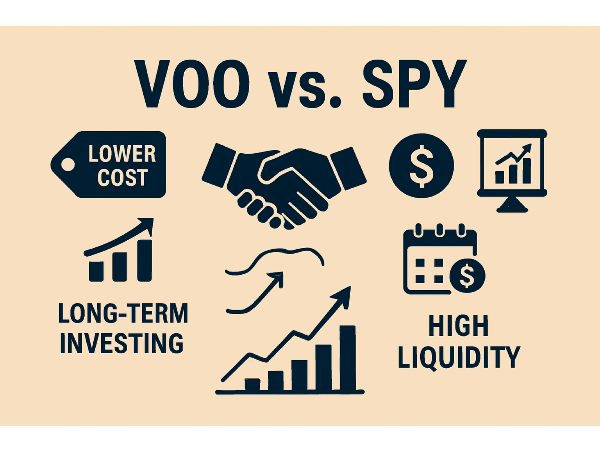

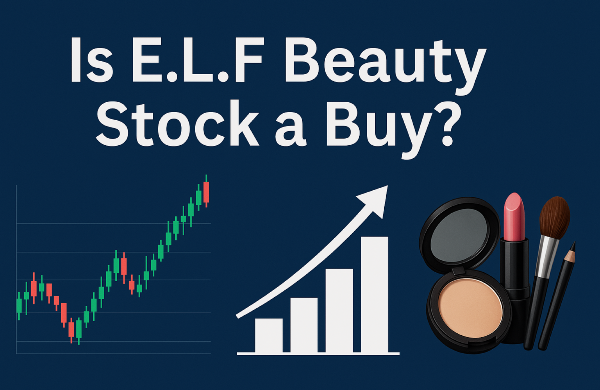
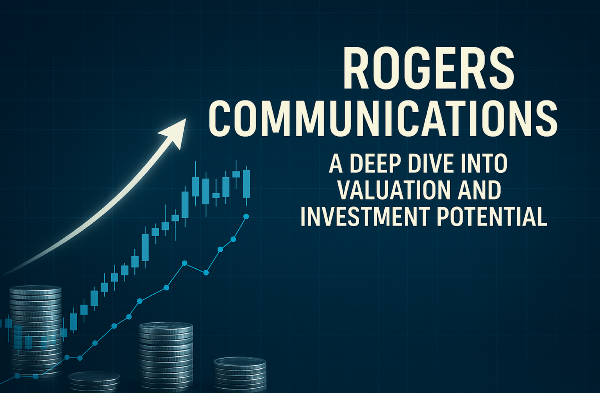
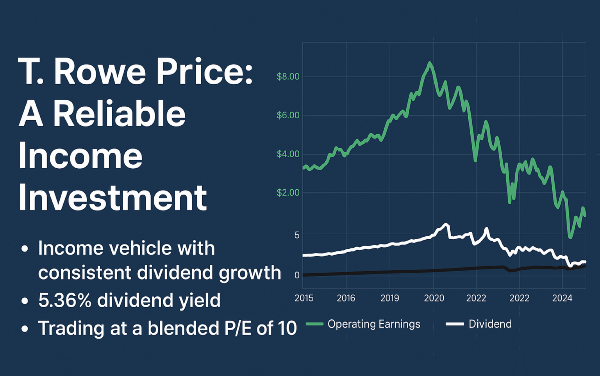
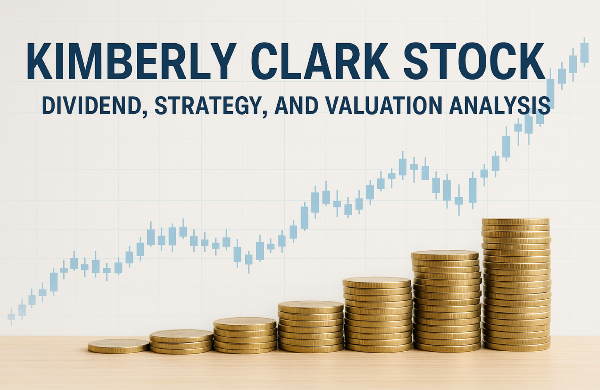

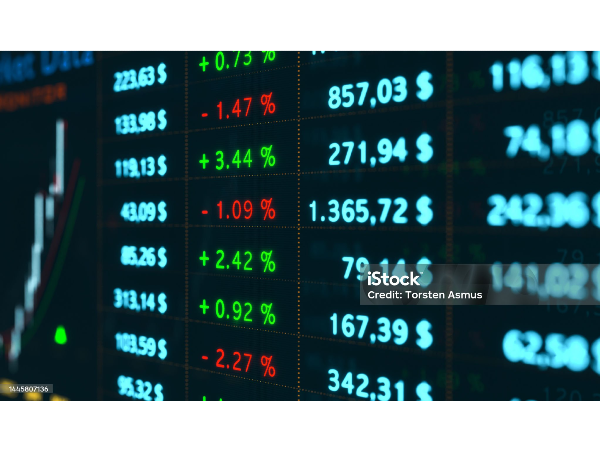


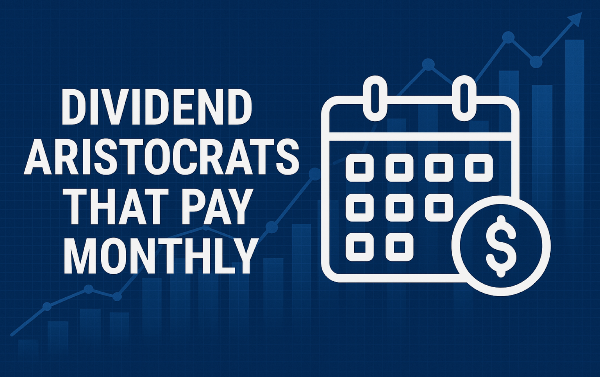
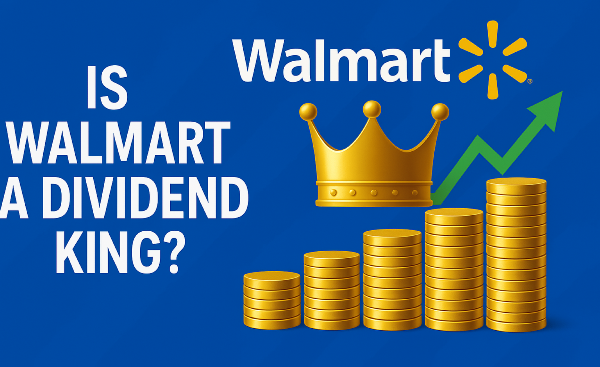

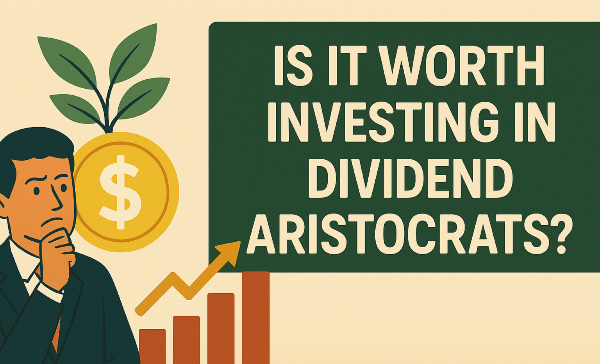
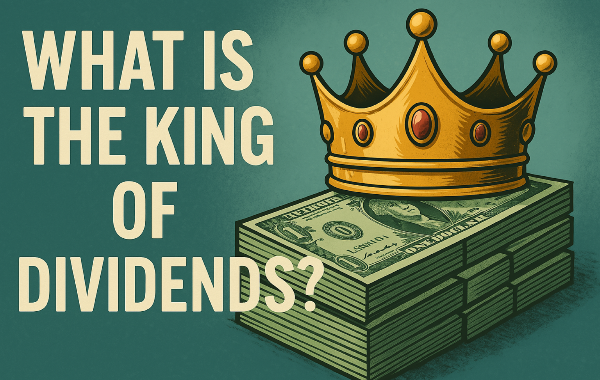
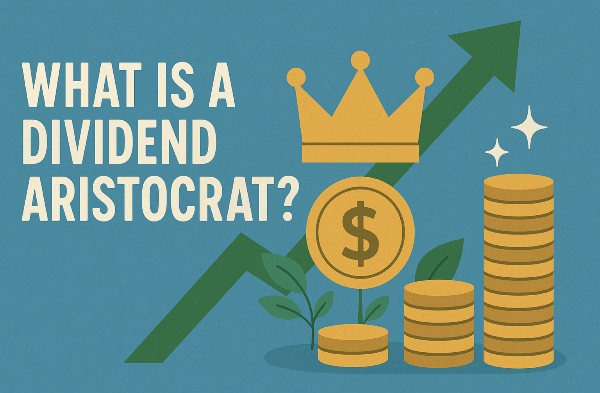
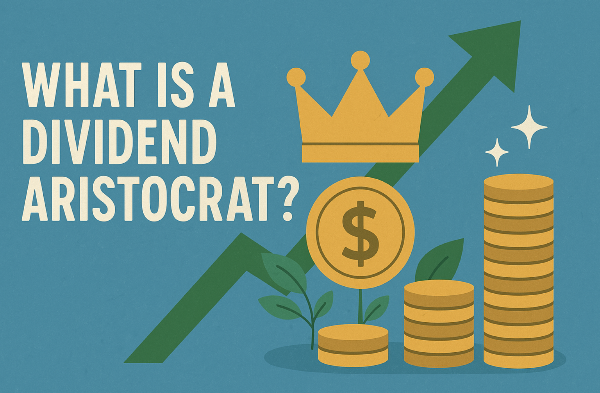
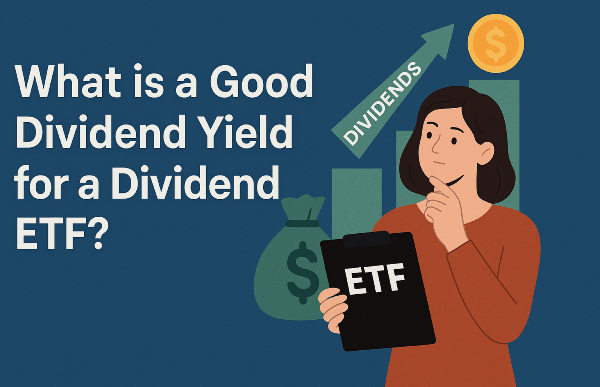
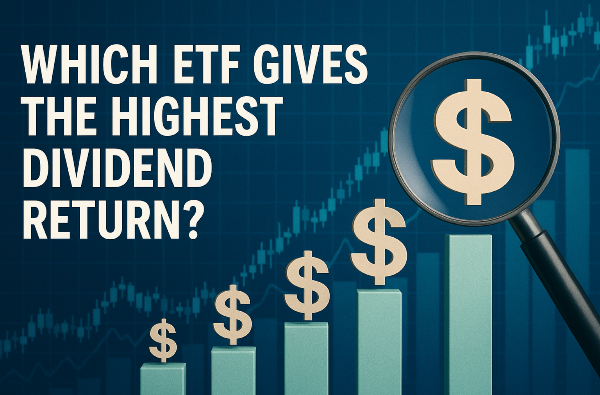


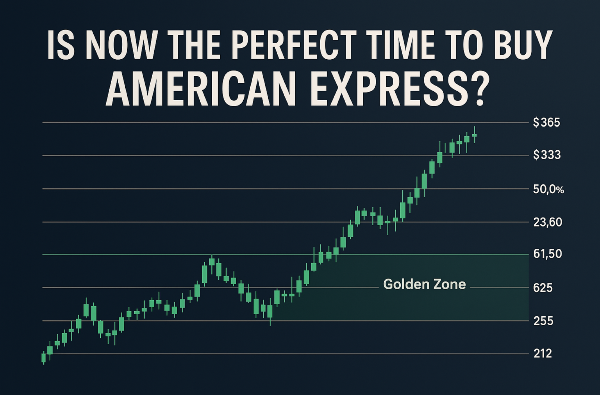








Understanding the Differences Between VOO and SPY
Introduction
Exchange-traded funds (ETFs) tracking the S&P 500 provide investors with diversified exposure to the largest publicly traded companies in the U.S. Among the most popular options, Vanguard’s VOO and SPDR’s SPY both replicate the index but differ in cost efficiency, liquidity, and long-term performance. Selecting the right ETF is crucial for optimizing returns, minimizing expenses, and aligning with investment goals. Understanding the distinctions between VOO and SPY helps investors make informed decisions for portfolio growth.
Expense Ratios and Cost Efficiency
Vanguard’s VOO and SPDR’s SPY both track the S&P 500 index, but they differ in management fees. VOO has an expense ratio of 0.03 percent, significantly lower than SPY’s 0.09 percent. This difference may seem small, but over time, lower fees can lead to higher net returns for investors. The impact of costs on long-term returns is substantial, especially for passive investors. Since both VOO and SPY hold identical stocks within the S&P 500, the primary differentiator is cost efficiency. A lower expense ratio means more of an investor’s capital remains invested, compounding over time. Investors who prioritize cost savings often favor VOO, as its lower fees allow for better accumulation of wealth compared to SPY. While SPY offers higher liquidity, its higher expense ratio can erode returns, making VOO a more attractive option for long-term investing.
Vanguard’s VOO maintains a lower expense ratio than SPY due to its unique fund structure and operational efficiencies. Vanguard operates under a mutual ownership model, allowing it to minimize costs and pass savings directly to investors. SPY, managed by State Street Global Advisors, has higher administrative costs, contributing to its relatively higher expense ratio. For investors focused on maximizing returns while minimizing fees, VOO presents a compelling advantage over SPY, reinforcing its position as a cost-effective S&P 500 ETF.
Sources:
ETF.com
Forbes
PortfoliosLab
Liquidity and Trading Volume
Liquidity plays a crucial role in ETF investing, influencing trading efficiency and investor costs. SPY, launched in 1993, has significantly higher daily trading volume compared to VOO, making it one of the most liquid ETFs available. This high liquidity ensures tighter bid-ask spreads, reducing transaction costs for traders. VOO, introduced in 2010, has lower trading volume but remains highly liquid, making it a strong choice for long-term investors. The impact of liquidity on bid-ask spreads and investor costs is an important consideration when choosing between SPY and VOO. SPY’s higher trading volume results in narrower bid-ask spreads, making it ideal for active traders who require quick execution with minimal price slippage.
VOO, while still liquid, may have slightly wider spreads, but its lower expense ratio offsets this cost over time. Investors focused on minimizing long-term expenses often favor VOO, while those engaged in short-term trading may prefer SPY. Active traders and long-term investors have different priorities when selecting an ETF. SPY’s liquidity advantage makes it a preferred choice for traders who frequently buy and sell positions, benefiting from its tight spreads and real-time pricing. VOO, with its lower expense ratio, is better suited for buy-and-hold investors who seek long-term portfolio growth without incurring excessive trading costs.
Sources:
ETF.com
Investing in the Web
Markets.com
Dividend Yields and Distribution Strategies
Dividend payout frequency and yield comparison are key factors for investors considering VOO and SPY. Both ETFs track the S&P 500 and distribute dividends quarterly, but their yields can vary slightly due to fund structure and expense ratios. Historically, SPY has maintained a marginally higher dividend yield compared to VOO, though the difference is often negligible. Tax efficiency is another important consideration for dividend investors choosing between VOO and SPY. Vanguard’s VOO operates under a unique fund structure that enhances tax efficiency, reducing capital gains distributions compared to SPY. This advantage makes VOO a preferred choice for long-term investors focused on minimizing tax liabilities. SPY, structured as a unit investment trust (UIT), may generate higher taxable distributions, which can impact after-tax returns.
Both VOO and SPY allow investors to reinvest dividends, compounding returns and enhancing wealth accumulation. Vanguard’s lower expense ratio in VOO ensures that more capital remains invested, maximizing the benefits of reinvestment. Investors who prioritize long-term growth often favor VOO for its cost efficiency, while those seeking higher liquidity may opt for SPY.
Sources:
FinanceCharts
PortfoliosLab
WallStreetSimplified
Institutional Holdings and Market Influence
Institutional ownership trends play a significant role in the performance and stability of ETFs like VOO and SPY. Both funds attract substantial institutional investment due to their broad exposure to the S&P 500. However, VOO has gained favor among long-term investors due to its lower expense ratio and tax efficiency. Large asset managers and pension funds often allocate significant capital to VOO. Fund size and market influence directly impact ETF performance. SPY, being the oldest and most liquid S&P 500 ETF, has historically dominated trading volume, making it a go-to option for short-term traders. VOO, on the other hand, has surpassed SPY in assets under management (AUM), reflecting its growing popularity among buy-and-hold investors. Institutional investors favor VOO for long-term stability due to its lower expense ratio and Vanguard’s unique fund structure. Vanguard operates under a mutual ownership model, allowing it to minimize costs and pass savings directly to investors. This structure makes VOO more attractive for institutions seeking to maximize returns while reducing fees.
Sources:
Forbes
Teach Me Personal Finance
ETF.com
Historical Performance and Risk Factors
Long-term performance trends indicate that both VOO and SPY closely track the S&P 500, delivering nearly identical returns over extended periods. Since their inception, both ETFs have demonstrated strong annualized growth, with VOO slightly outperforming SPY due to its lower expense ratio. Over the past decade, VOO has maintained an annualized return of approximately 12.81 percent, while SPY has delivered around 12.73 percent. Volatility and risk considerations play a crucial role in ETF selection. Both VOO and SPY experience similar price fluctuations, given their identical holdings. However, SPY tends to have slightly higher daily trading volume, making it more responsive to short-term market movements. Investors seeking lower volatility may prefer VOO, as its structure minimizes capital gains distributions, reducing tax liabilities. Market conditions significantly impact the performance of both ETFs. Economic downturns, interest rate changes, and inflation trends influence S&P 500 valuations, affecting VOO and SPY alike. During periods of market uncertainty, large-cap stocks within these ETFs tend to exhibit defensive characteristics, stabilizing returns.
Sources:
PortfoliosLab
Stock Analysis
ETF.com
Future Outlook and Investment Considerations
ETF investing is expected to continue growing as investors seek diversified, low-cost options for market exposure. VOO and SPY remain top choices for tracking the S&P 500, with VOO gaining traction among long-term investors due to its lower expense ratio. Emerging market forces are shaping S&P 500 ETF strategies, influencing fund performance and investor preferences. Technological advancements, regulatory shifts, and macroeconomic trends impact ETF allocations. Investors are increasingly favoring cost-efficient funds with strong liquidity, making VOO a preferred choice for buy-and-hold strategies. Economic indicators play a crucial role in determining the future of VOO and SPY allocations. Interest rate policies, inflation trends, and corporate earnings reports influence ETF performance. The Federal Reserve’s monetary decisions will affect market sentiment, impacting fund valuations.
Sources:
Morningstar
Cheddar Flow
24/7 Wall St.
Conclusion
VOO and SPY both provide investors with diversified exposure to the S&P 500, but their differences in expense ratios, liquidity, and tax efficiency make them suitable for different investment strategies. VOO’s lower costs and tax advantages make it ideal for long-term investors, while SPY’s high liquidity benefits active traders. Understanding these distinctions helps investors align their ETF selection with their financial goals. You can explore more insights on VOO vs. SPY here.
Expert Analysis
Strategic Insights on VOO vs. SPY for Long-Term Investors
VOO’s lower expense ratio and tax efficiency make it a preferred choice for long-term investors seeking cost-effective exposure to the S&P 500. While SPY offers higher liquidity, its slightly higher fees can erode returns over time. Investors should consider their trading frequency and investment horizon when selecting between these ETFs, ensuring alignment with financial goals and market conditions.
📌Read More About:
Top Large Cap Stocks- https://stockbossup.com/pages/topics/large-cap
What Are Large US Cap Stocks?- https://stockbossup.com/pages/post/39045/understanding-large-us-cap-stocks-and-their-market-influence
Is VOO Large Cap Growth?- https://www.stockbossup.com/pages/post/38872/voo-etf-large-cap-growth-or-broad-market-exposure